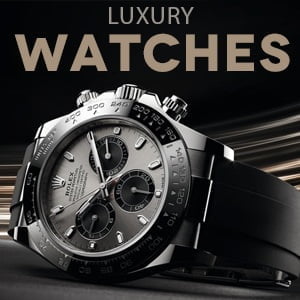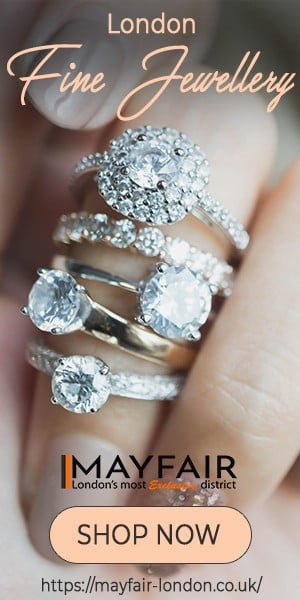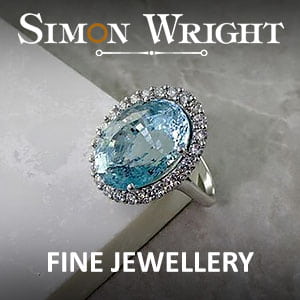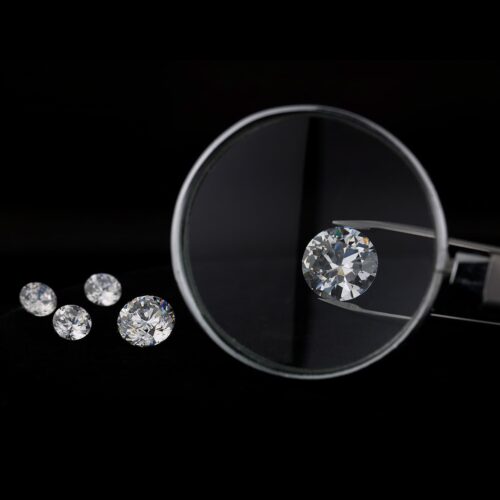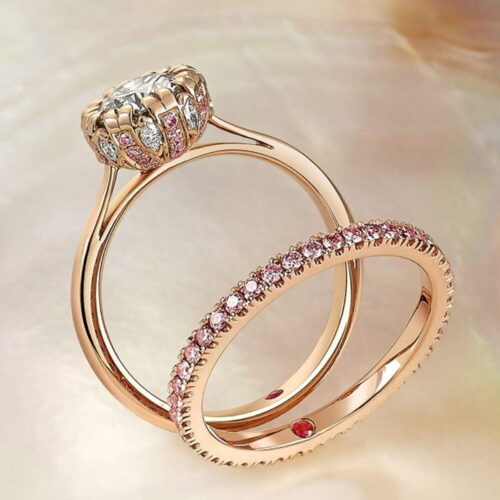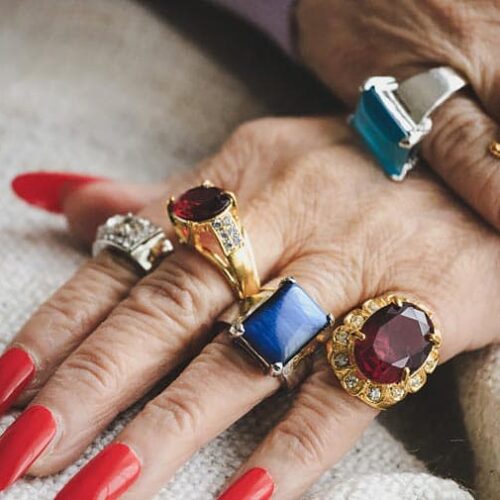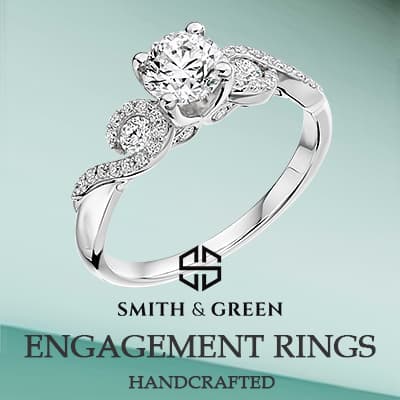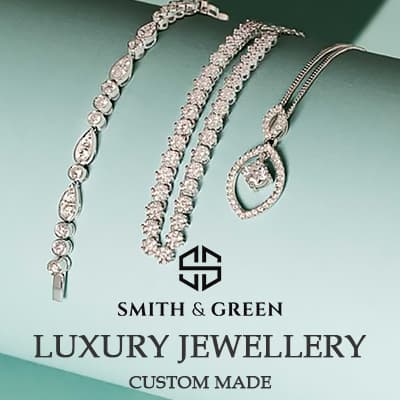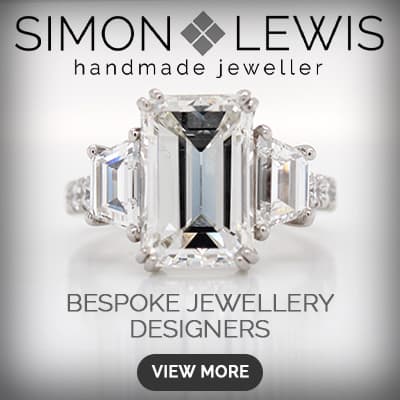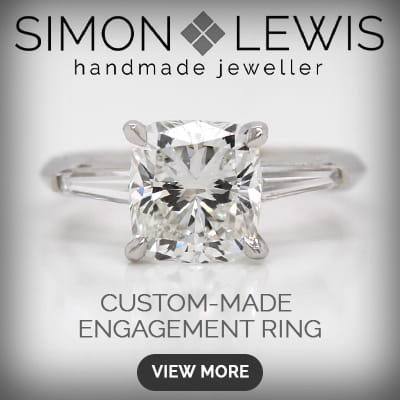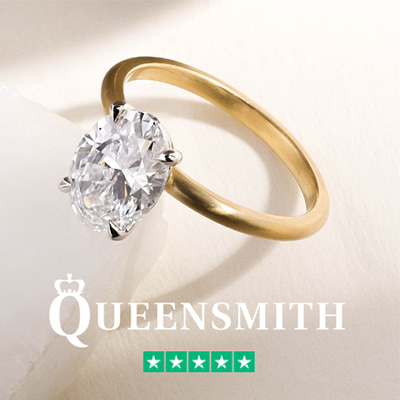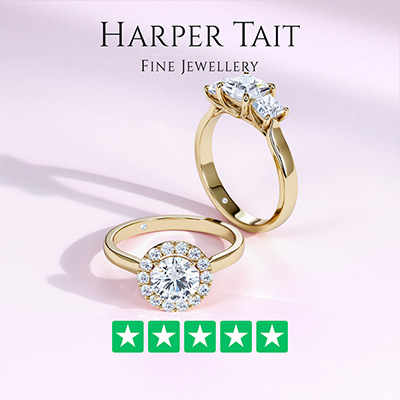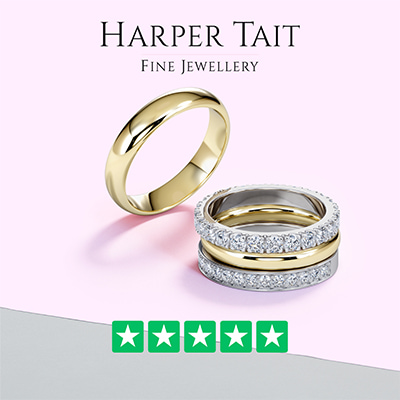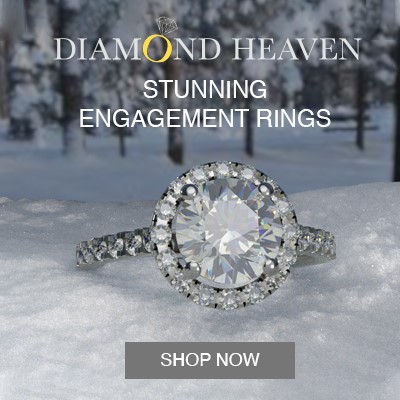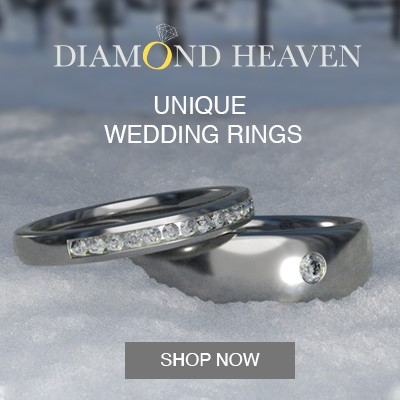Are you thinking of popping the question? Congratulations – buying an engagement ring is not only the best possible way of signifying your commitment and love; it’s a delightful and rewarding experience too.
Choosing the ring’s setting, design, and style can be tricky business, with many different factors to consider.
One thing to remember is that while there are many different designs available, from modern contemporary styles to timeless classics, your eventual choice should be primarily down to your own personal taste.
A typical engagement ring comprises three parts: the stone(s), the setting and the band itself.
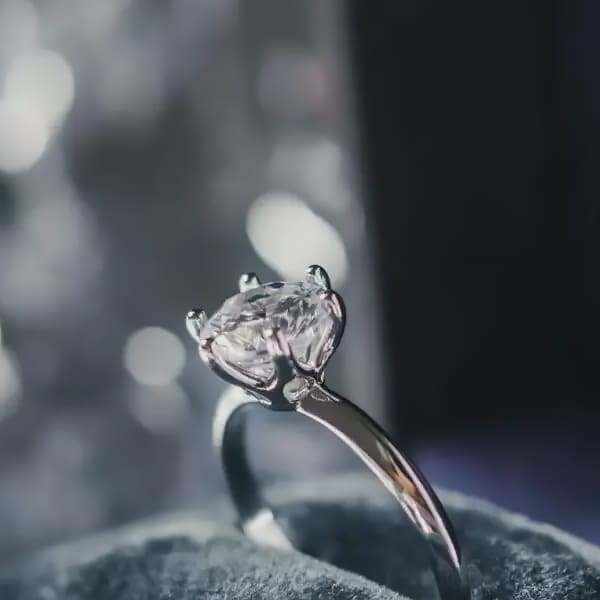

The stone(s)
Generally speaking, there are seven principal diamond shapes for jewellery: Round, Marquise, Princess, Pear, Oval, Emerald and Heart shaped.
Round pear – Marquise – Heart oval – Emerald – Princess
Each cut has individual appeal, and all are beautiful in their own right. Round and Princess cut diamonds are the most popular and are ideal for the traditional solitaire setting. Emerald and Princess are often used for channel-set rings, whilst Heart-shaped, Marquise, Oval and Pear are more unusual and uncommon.
The diamonds are often integrated with other gemstones, such as rubies or emeralds, which provide eye-catching colours and complement diamonds beautifully. Another idea is to use smaller diamonds as side-stones to accentuate the centre stone.
When choosing a diamond, there are four main factors to consider: cut, colour, clarity and carat weight.
0.75 Carat princess cut diamond set with ten channel-set princess cut side stones.
Custom designed 0.60-carat round diamond with two 0.20 carat diamond side stones.
Custom designed 0.75-carat emerald cut diamond with four emerald side stones weighing a total of 4 carats.
The Setting
The setting is equally as important as the stones and is largely down to personal taste. When you’re shopping for a ring set with more than one stone, the setting becomes the principal factor in determining the overall shape, as the way the stones are held in the setting is an integral part of its design.
0.25 Carat round cut diamond set in a four-prong platinum setting on an 18k yellow gold band.
Classic Solitaire Ring
The timeless beauty of the Claw setting (the classic “solitaire” ring) is by far the most popular setting. A four-prong setting will show more of the diamond, while a six-prong setting will be firmer and hold the diamond more securely. All prongs should be made from platinum, even on gold rings, to take advantage of its strength and durability.
18k White gold eternity ring, channel-set with ten round-cut diamonds weighing 0.71 carats in total.
The Channel Setting
The Channel setting is most frequently used for anniversary and eternity rings. The stones are set right next to each other, with no metal separating them. The outer ridge of metal is then worked over the edges of the stones to give a beautifully smooth finish. The diamonds can also be alternated with gemstones for a different style.
The Band
By far, the most common choices for engagement and eternity rings are platinum and 18k gold. Platinum is more expensive than gold but far more durable, and it is for this reason, the prongs on a solitaire ring are often made from platinum, even if the rest of the ring is made from gold. Click here to learn more about gold, white gold and platinum.
Please see our engagement rings category full of shops in Hatton Garden. They will welcome you with an astonishing rings collection to choose from, or if you are not satisfied, you can request a bespoke design from one of the Jewellery stores offering bespoke engagement rings. And cone more congratulation on your engagement celebration!


